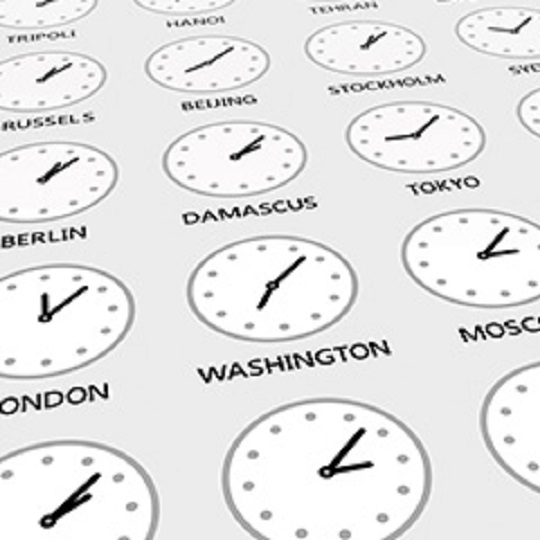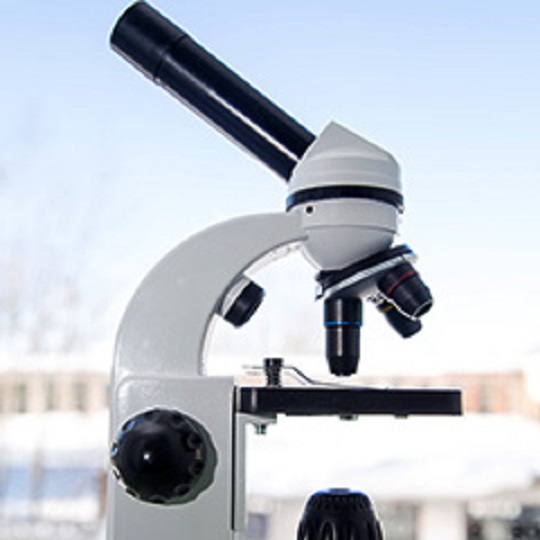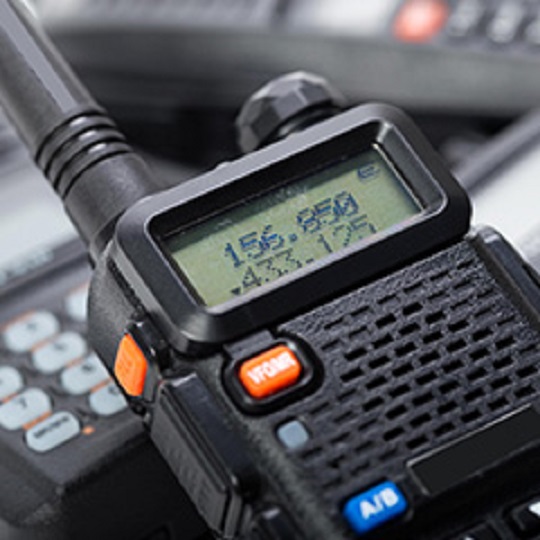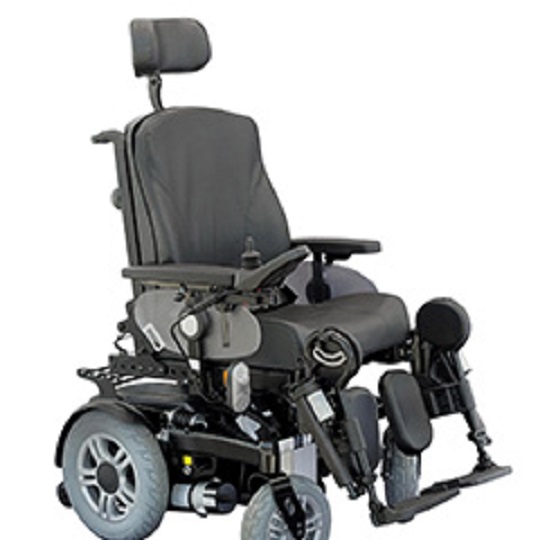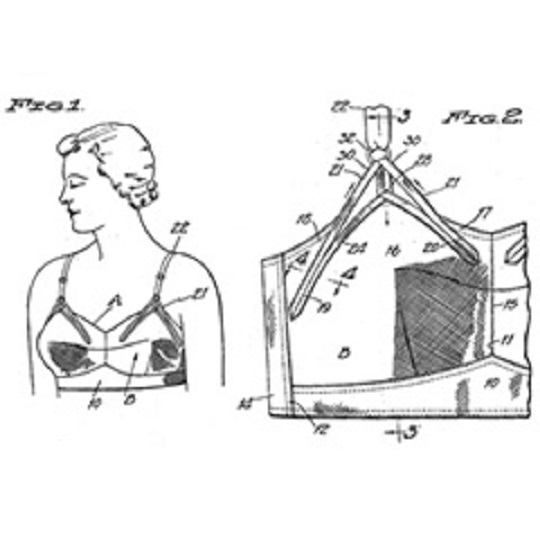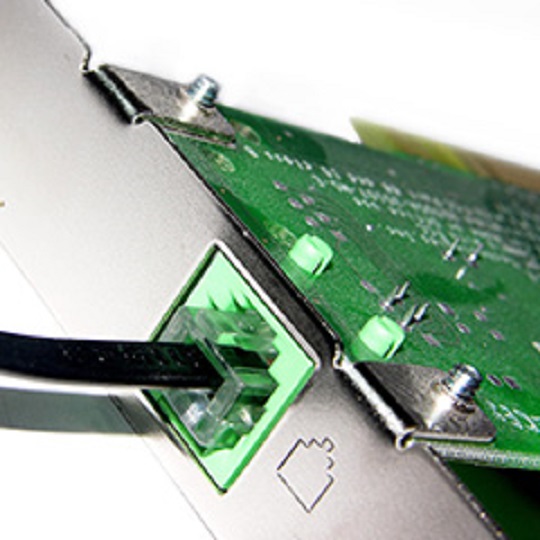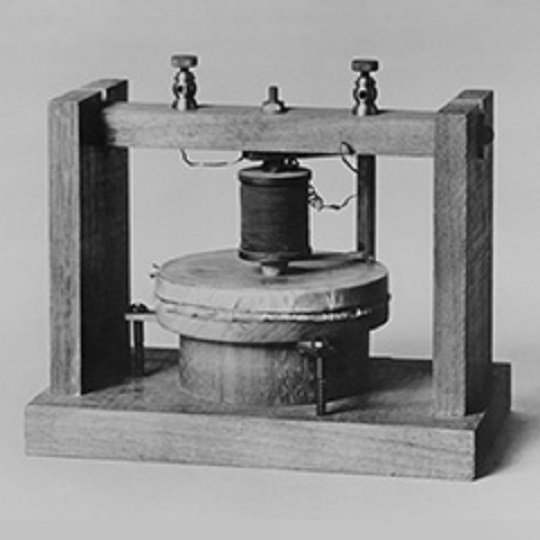

You’re in.
Your request has been submitted. Keep an eye on your inbox; EDC’s trade intelligence is coming your way.

You’re in.
Your request has been submitted. Keep an eye on your inbox; EDC’s trade intelligence is coming your way.

You’re in!
Your request has been submitted. Keep an eye on your inbox; EDC’s trade intelligence is coming your way.

You’re in.
Your request has been submitted. Keep an eye on your inbox; EDC’s trade intelligence is coming your way.

You’re in!
Your request has been submitted. Keep an eye on your inbox; EDC’s trade intelligence is coming your way.

You’re in!
Your request has been submitted. Keep an eye on your inbox; EDC’s trade intelligence is coming your way.
150 years of Canadian innovation
Explore Canada’s most impactful innovations from the most recent to oldest discoveries.

